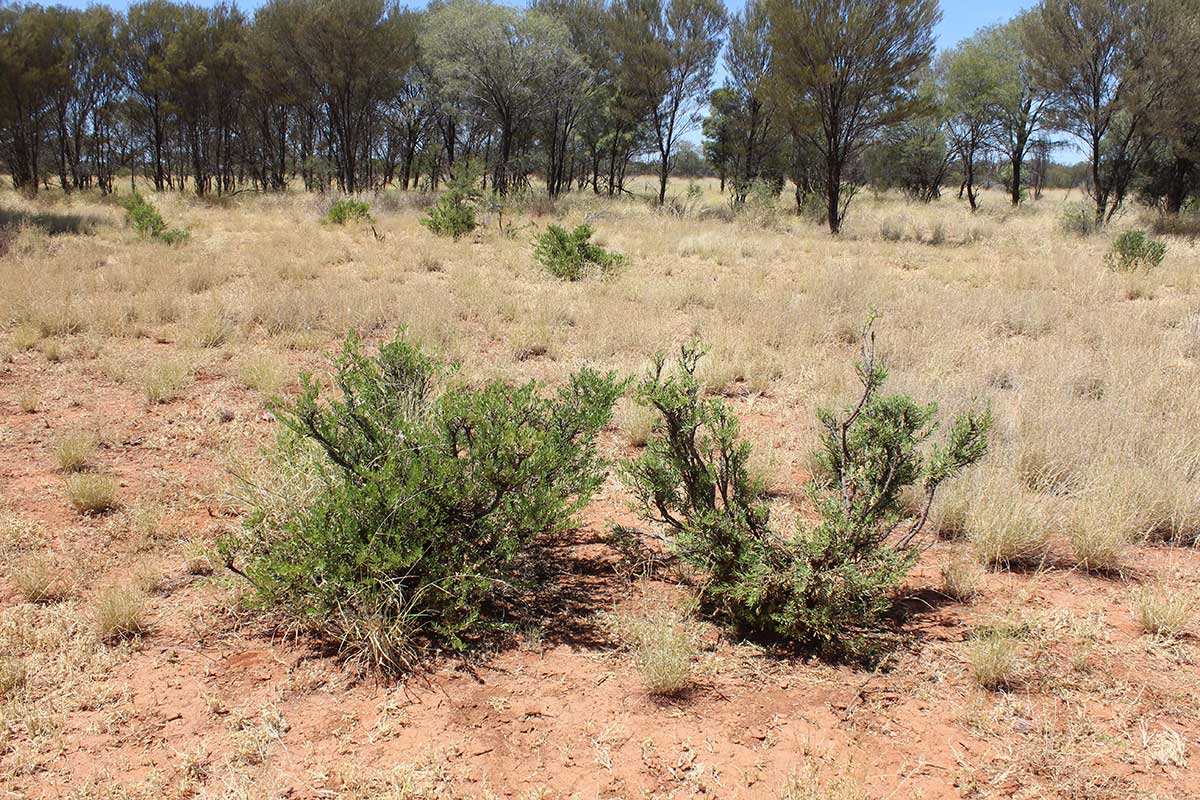
POISONOUS plants are believed to be the cause of 69 cattle deaths at a Northern Territory research station, with the government struggling to find conclusive answers.
The deaths have perplexed many in the NT, with cyanide poisoning believed not being a common problem and the large number having taken-place on the small-scale Old Man Plains Research Station, near Alice Springs.
In its monthly newsletter, the NT department of Industry, Tourism and Trade said it had conducted a thorough investigation into the deaths to search, with many staff in staff involved in the management and care of sick animals.
“Research station staff became aware of dead and sick cattle on Monday 13 March 2023,” the newsletter says.
“Clinical signs included severe dehydration, difficulty breathing, lying down and difficulty rising. Over an eight-day period, 56 breeders and 13 steers died. Many severely affected cattle were humanely euthanised when it was clear they would not recover.
“Carcasses were buried in pits. Those that were able to walk were confined to yards with access to water, shade and hay. Twenty-seven surviving animals were later trucked to another paddock.”
The department says it has investigated serious infectious disease, water quality and other natural sources of poison, with all of it ruled out.
“Post-mortem autopsies were conducted by a veterinarian and blood, tissue, faeces and rumen content samples collected. Blood samples were also collected from surviving animals,” the newsletter says.
“Analysis of tissue and blood samples at the Berrimah Veterinary Laboratory ruled out infectious disease. There were no abnormal changes found in the tissue samples collected at autopsy.
This is normal for cases of acute cyanide poisoning, which typically causes widespread malfunction of cells but doesn’t show microscopic changes within the body. Consideration was given to testing the tissues of affected animals for cyanide levels however, due to rapid metabolism of cyanide post-ingestion, tissue cyanide levels are not considered reliable.”
Investigation into grazing conditions
The newsletter says it then investigated the area where cattle had been grazing in the period leading up to the illness.
“While there was an abundance of pasture available to the cattle, an extended period of hot, windy weather immediately prior to the event had caused the grasses to dry off quickly.
“Prior to that, there had been many weeks of green grass available due to an extended summer growth event. It was found that the cattle had recently congregated and browsed near an ephemeral wetland which still had relatively green grass around it, even though the water had dried up.
“The native shrub Eremophila maculata (spotted emu-bush) was growing abundantly around the wetland and showed signs of heavy, recent browsing. It was estimated that large quantities of foliage had been eaten by the cattle in recent times, even though sampled gut contents were still predominantly grass. Other species of Eremophilaalso showed signs of browsing and samples from all browsed species were sent to an interstate laboratory for cyanide testing. The results showed that only Eremophila maculata had very high levels of cyanide, above the tolerance levels of cattle.
“In summary, contamination of drinking water and infectious disease have been ruled-out. While it isn’t possible to be 100pc certain of the cause of the stock losses, the evidence for cyanide poisoning from ingesting spotted emu-bush is very strong. It is also not known why poisoning occurred this year when cattle have grazed in the paddock for many years without this occurring, but perhaps the sudden change to hot weather, rapidly curing grass and time spent grazing in the location where the poisonous plants were abundant may have been contributing factors. It is strange that there have been no similar cases in neighbouring paddocks despite them also containing spotted emu-bush.
“Management options for this paddock are currently being investigated and could include fencing to restrict cattle from accessing the wetland area where spotted emu-bush is abundant. A survey of the distribution and abundance of spotted emu-bush is being planned. There is also scope for further investigations into native plant poisoning of cattle in Central Australia.”
